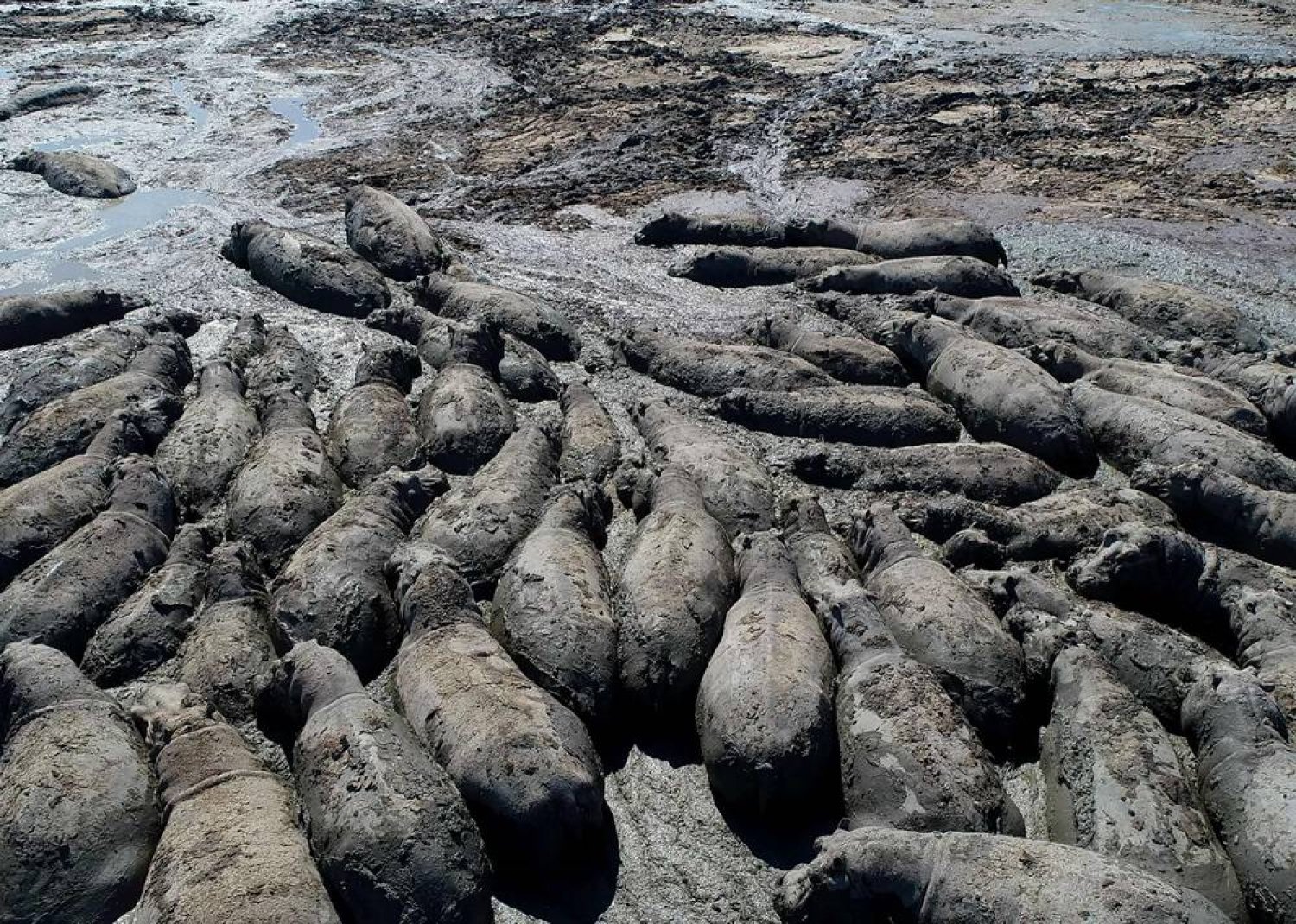Huge efforts had been made to harvest energy from rainfalls, but, they often failed due to many obstacles. These efforts include the traditional hydroelectric power mainly used in the heavy electromagnetic generators that lose efficiency when water supplies drop.
Among the suggested alternatives were the nanogenerators (a type of technology that converts energy into electricity) using a solar panel that captures energy from rain droplets.
A study published around two years ago in the ACS Nano journal reported that researchers developed a hybrid lightweight low-cost solar panel that can be installed on roofs. They used different types of plastic and transparent polymers to separate the nanogenerators and solar cells on the panel. However, this technique had a major drawback- its maximum power was less than one watt per square meter.
A recent report released by the Nature journal on February 5, said researchers at The University of Hong Kong Shenzhen Institute of Research and Innovation (HKU-SIRI) have created a new technique that uses the polytetrafluoroethylene (PTFE) film that captures more energy when fixed on an aluminum electrode and an indium tin oxide (ITO) electrode.
The idea behind this technique is that the PTFE is able to accumulate a surface charge as it's continuously hit by water droplets, which then act as a 'bridge' that connects two electrodes: an aluminum electrode and an indium tin oxide (ITO) electrode.
The droplet bridge, in turn, creates a closed-loop surface so that all of the collected energy can be released – droplets act as resistors, and the surface coating acts as a capacitor. This approach could eventually be applied anywhere the water hits- a solid surface like the hull of a boat, the inside of a water bottle, or the top of an umbrella.
According to researchers, the new method could generate enough power from a single droplet of rain to light up 100 LED bulbs.
In a report published on the Sciencealert website on February 16, Senior Author Wang Zuankai from the City University of Hong Kong (CityU), said: "Our research shows that a drop of 100 microliters of water released from a height of 15 centimeters (5.9 inches) can generate a voltage of over 140V, and the power generated can light up 100 small LED lights."
For his part, Chemist Xiao Cheng Zeng, from the University of Nebraska-Lincoln explained that "The significance of this technology is the much enhanced electric power per falling rain droplet, which makes the device much more efficient to convert energy from a falling droplet to electricity."
There's plenty of work still to do to get this project ready for practical use, however, Zeng hopes to have a prototype ready in the next five years.
"From a scientific perspective, the idea is outstanding," said Dr. Mohammed Hamdi, professor of renewable energies at the Benha University, Egypt, noting that the main challenge is the application of this idea on a large scale in order to assess its efficacy and economic feasibility.
"The implementation of this technique on a big scale would save billions of dollars spent on the building of dams used in electricity generation, as long as we can generate it directly from rain droplets," he stressed.
















